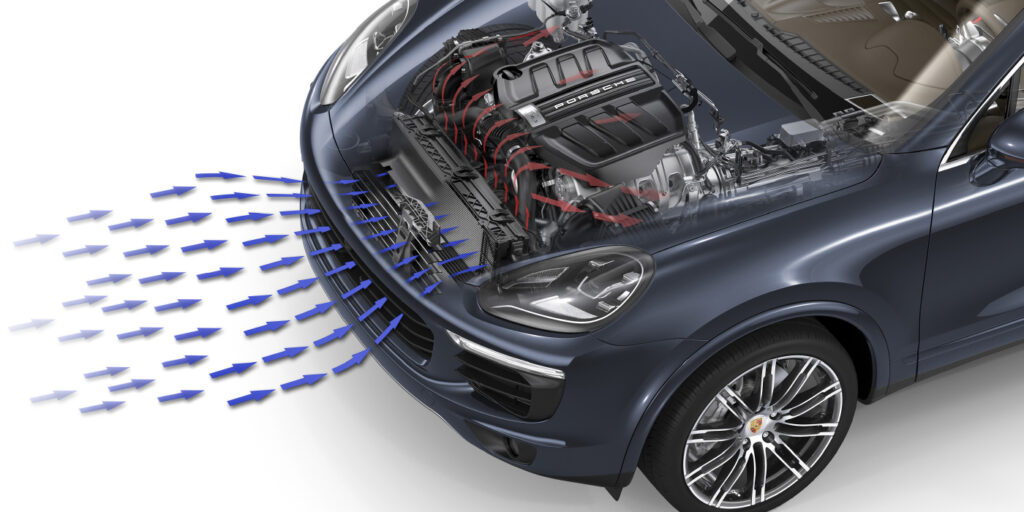Contamination is a key reason why MAF sensors fail and require replacement. As air, dirt and other debris get into the sensor, the parts become contaminated and fail. Drivers often notice sluggish performance, rough idling, poor acceleration or even stalling. There may also be a more frequent need to refuel.
Contamination could even occur as early as at every 18,000-25,000 miles, depending on the vehicle model. For example, with small or compact cars, the MAF sensor can clog quicker, as it is placed in a smaller engine bay subjected to more risk in critical areas (oil vapor flows and combustion debris). In this case, a replacement becomes the equivalent of a long drain oil service…it almost becomes a service-style repair.
Other common failure problems include:
• Contact fault at the electrical connections;
• Damaged measuring elements;
• Mechanical damage (vibrations, accident); and
• Measuring element drift (exceeding the measuring framework).
A problem with the mass air flow sensor often causes the ”check engine” or ”service engine soon” light in the vehicle instrument panel to illuminate. These lights come on when the engine computer detects some fault in one of the components of the emission control system.
Symptoms of failure include:
• “Check engine” or “service engine soon” light is on;
• Hesitation/stall on rapid acceleration;
• Poor engine running at idle and/or surge;
• Excessive vibrations when stationary; and/or
• RPMs changing noticeably without driver input.
How to troubleshoot a MAF sensor:
The following steps should be taken into account during MAF sensor troubleshooting:
• Check the connector for a correct fit and good contact.
• Check the MAF sensor for damage.
• Check the measuring elements for damage.
• Check the voltage supply with the ignition switched on (circuit diagram for pin assignment is necessary). Ref. value: 7.5-14V
• Check the output voltage with the engine running (circuit diagram for pin assignment is necessary). Ref. value: 0-5V
• Check the connection cables between the removed control unit connector and sensor connector for transmission (circuit diagram for pin assignment necessary). Ref. value: approx. 0 ohm.
• Conduct an electronic test of the MAF sensor by the engine management control unit. If a fault occurs, a fault code is stored in the control unit and can be obtained using a diagnostics unit.
Courtesy of Delphi Product and Service Solutions.













